e.Go Life 40
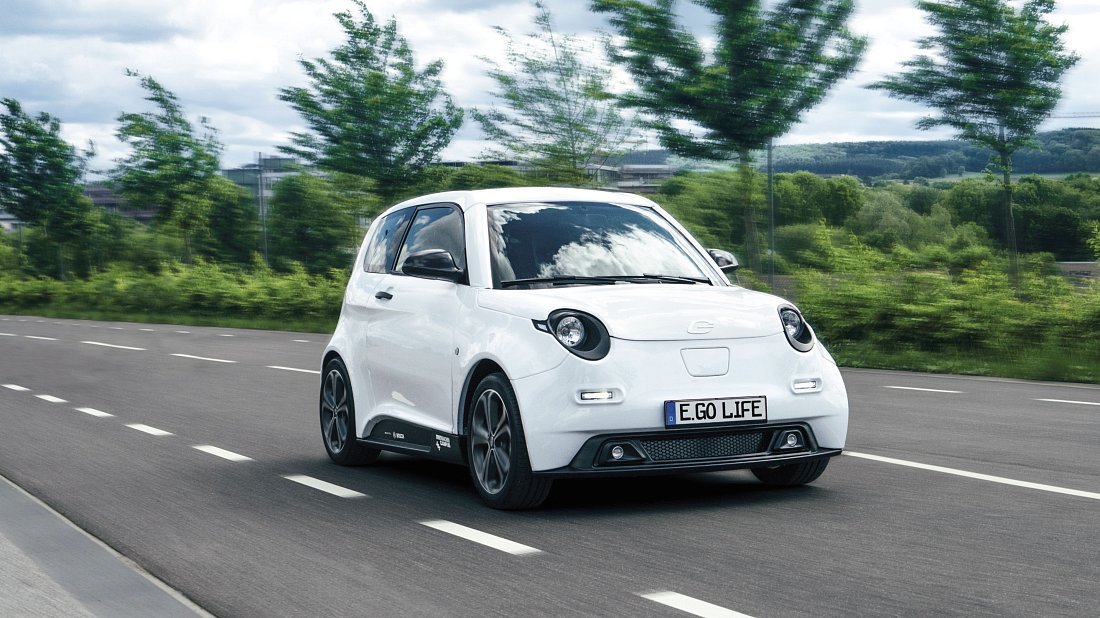
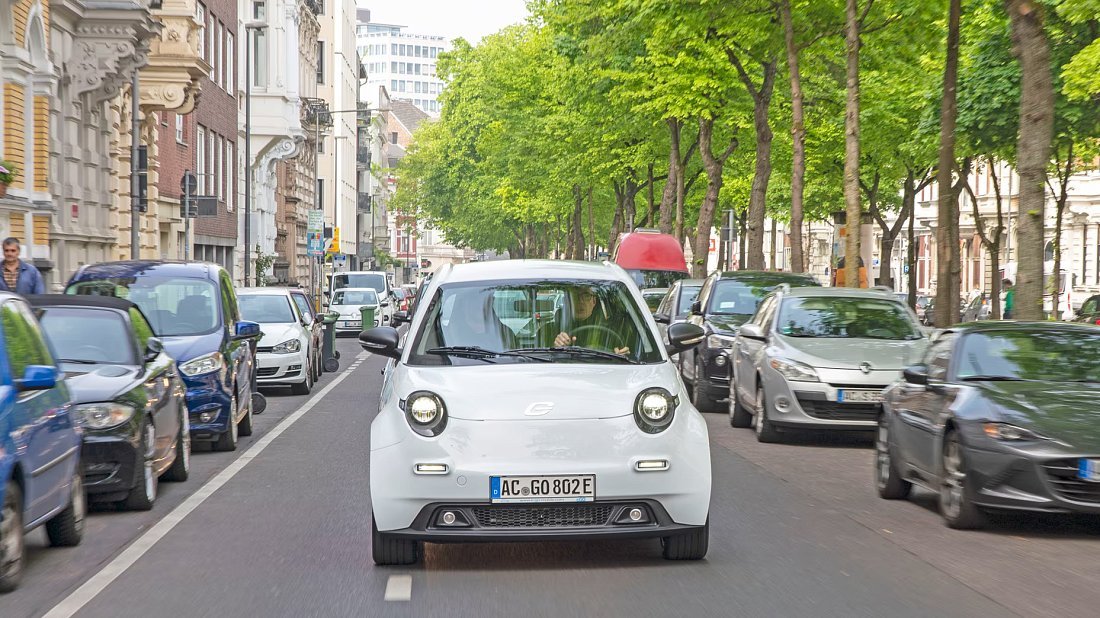
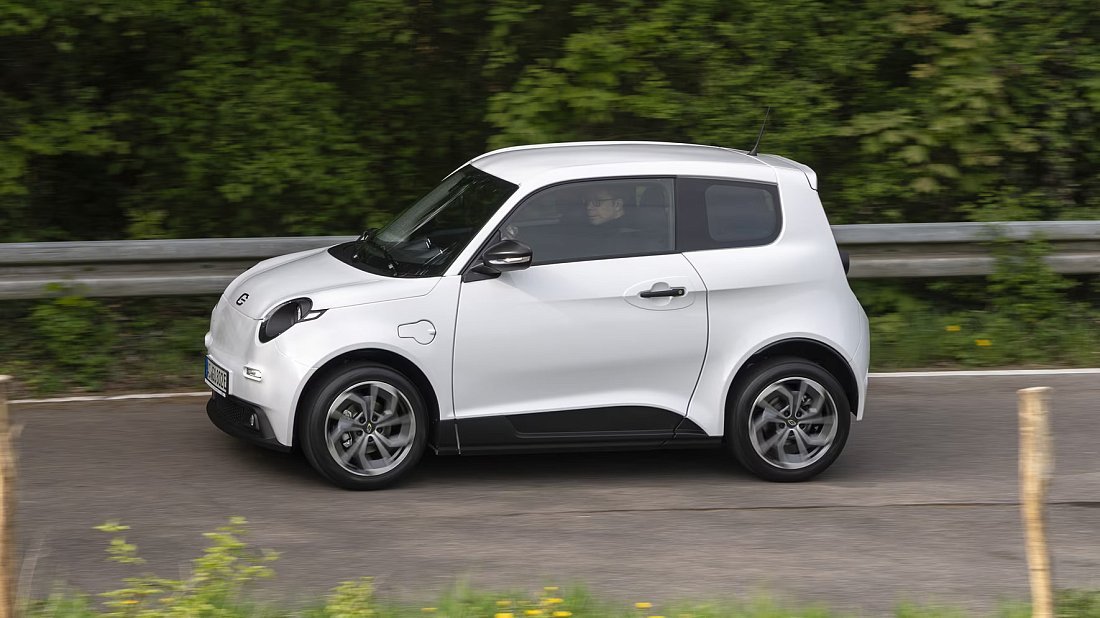
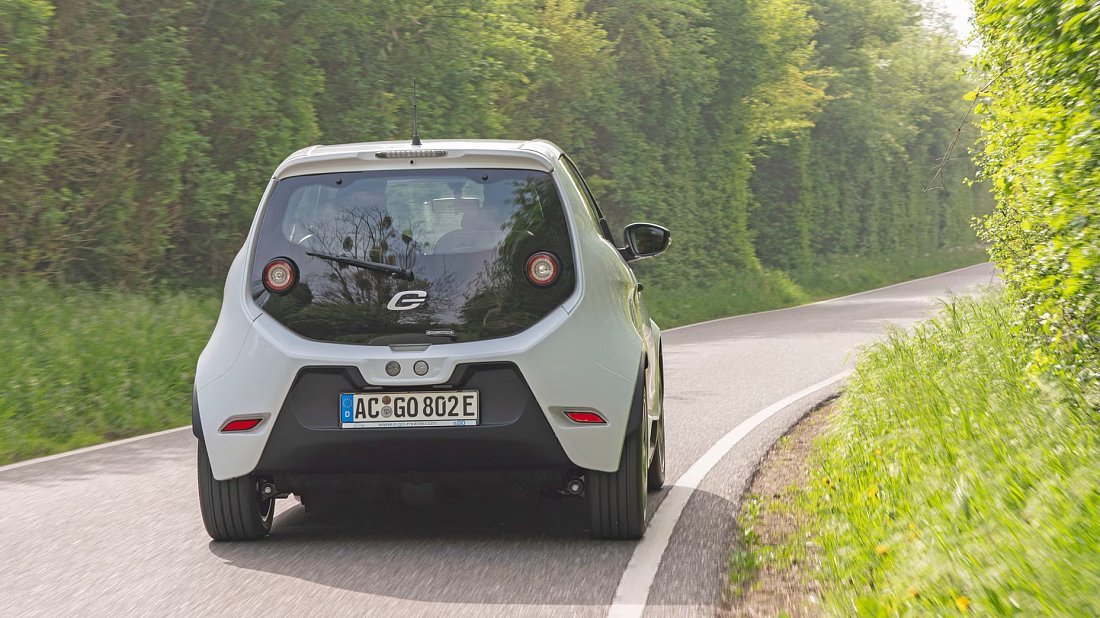
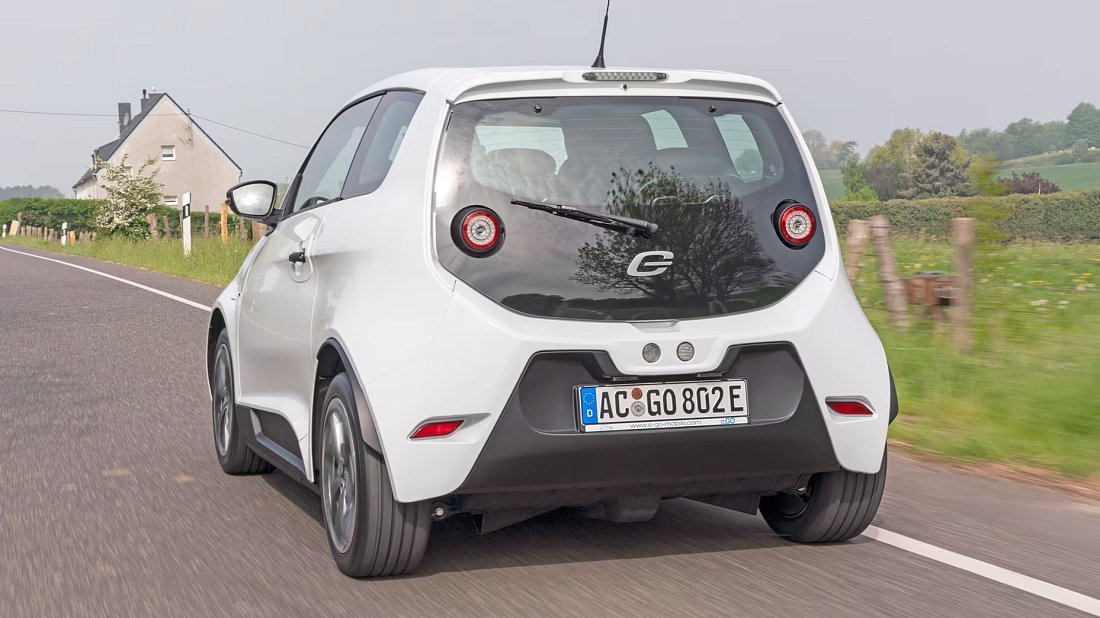
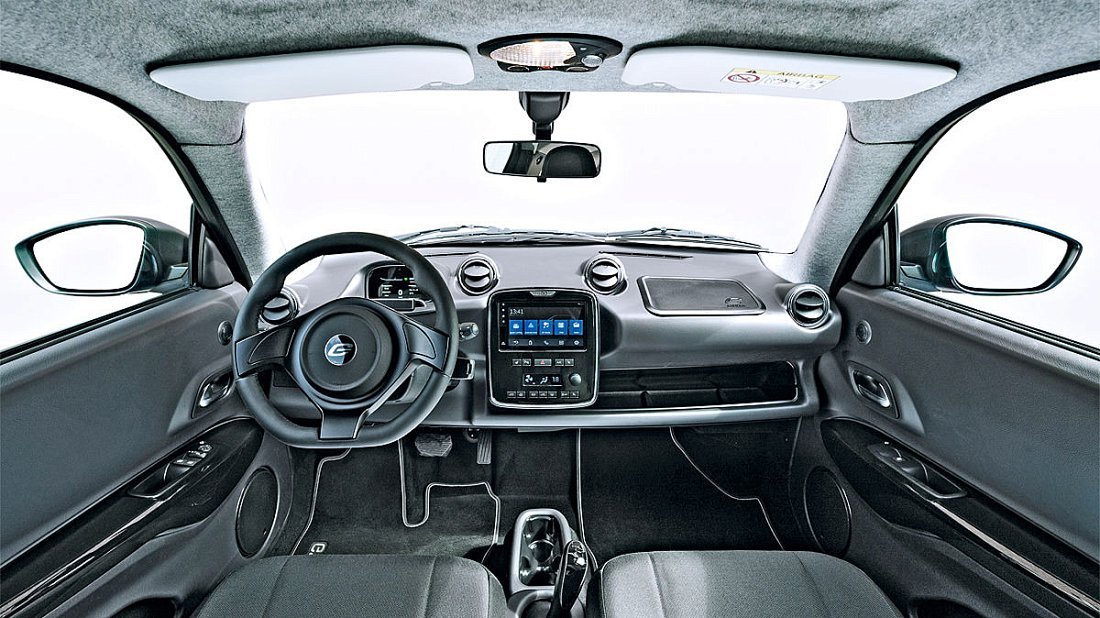
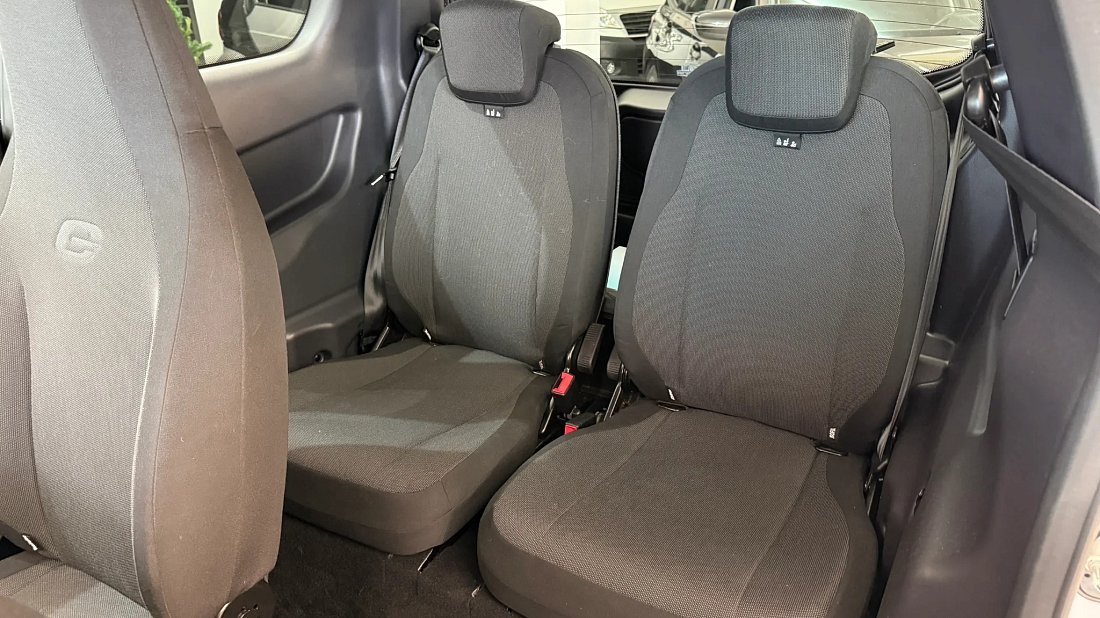
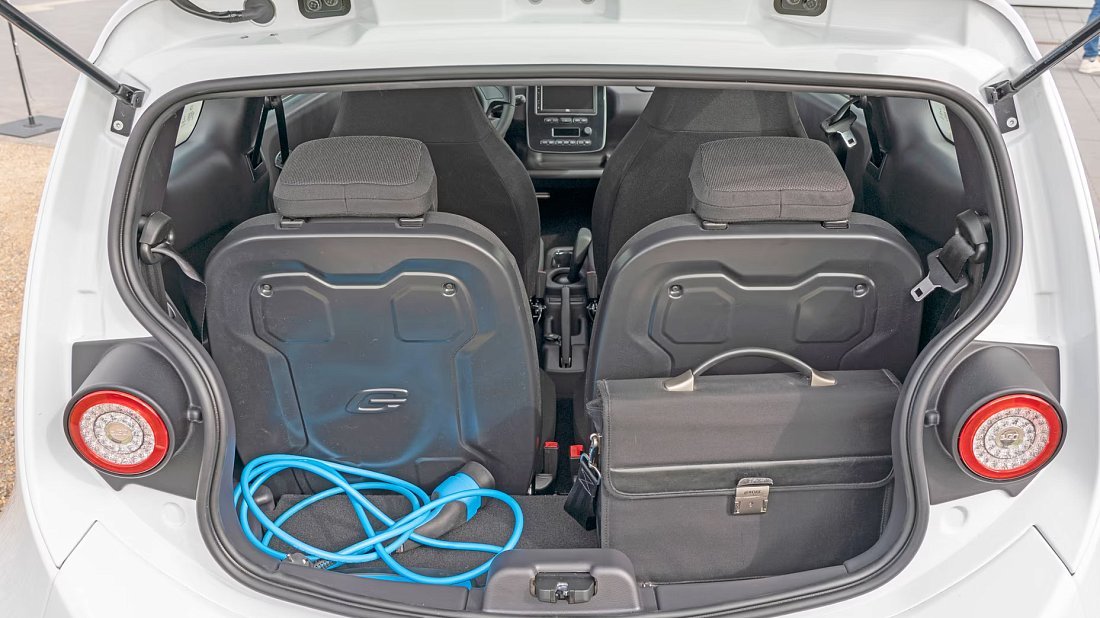
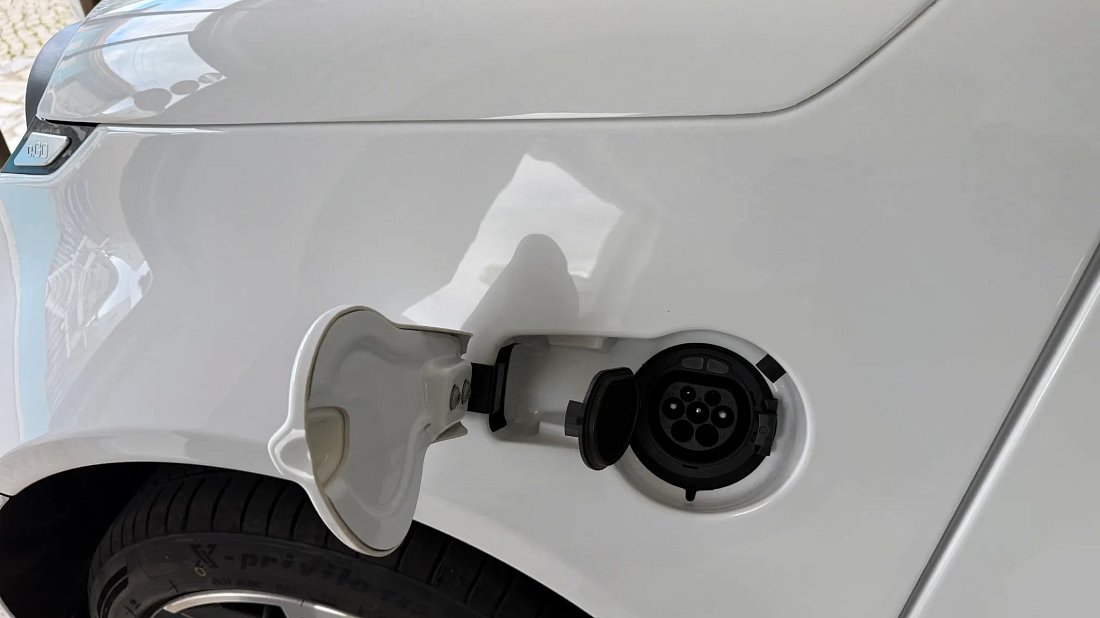
Overview
Main Overview Information
- Price Europe (New)
- No Data
- Price Europe (Used)
- €9.500
- Country of Manufacture
-
- Germany
![Germany Germany]()
- Germany
- Years of Production
- 2020-2022 (Discontinued)
- Body Style
- Hatchback
![]()
- Market Availability
- EU
Pros and Cons
Reasons to Buy
- City-perfect dimensions
- Affordable used price
- Unique, compact styling
- Efficient urban commuting
Reasons Not to Buy
- Very short range
- Slow acceleration
- Basic interior tech
- Brand support uncertain
- Slow AC charging
Overview
The 2022 e.Go Life 40 was a plucky German-made electric city car, designed for nipping around tight urban streets. As the "40" trim, it represented one of the more accessible entry points into the e.Go Life range before production ceased in 2022. Its compact dimensions and electric powertrain made it a quirky, zero-emission choice for city dwellers. While no longer available new, it can be found on the used market in the EU for around €9,500. Its unique selling point was its small footprint combined with a focus on essential electric mobility.
What's New for 2022?
The 2022 model year marked the end of the line for the e.Go Life 40, as production was discontinued. Consequently, there weren't significant updates or new features introduced for this final year. The focus was likely on fulfilling existing orders and managing the wind-down of its manufacturing. Buyers in 2022 essentially received a vehicle consistent with the specifications established in its prior production run starting in 2020. It remained a basic, no-frills city EV, true to its original concept, as it concluded its short but interesting journey.
Design & Exterior
The e.Go Life 40 sports a distinctive, almost toy-like hatchback design, perfectly suited for its urban warrior mission. Its short overhangs and upright stance scream "city car chic!" Key dimensions are a tiny 3345 mm in length, a fairly substantial 1747 mm in width (excluding mirrors), and a height of 1588 mm, giving it a boxy, characterful look. The "40" trim featured simple, functional styling elements, focusing on practicality over flash. It’s a car that definitely stands out from the crowd with its unique proportions and friendly face.
Interior, Tech & Cargo
Inside, the e.Go Life 40 is functional, offering seating for four. Given its budget city car aspirations, materials are durable rather than luxurious. Passenger space is snug, as expected for its class. For your bits and bobs, the boot offers 140 litres of space, expanding to a more useful 640 litres with the rear seats folded down. Unfortunately, there's no frunk for extra storage. Tech was basic, typically featuring a simple infotainment system for essentials, aligning with its affordable, no-nonsense approach to urban mobility.
Performance & Driving Experience
The e.Go Life 40 is powered by a single Permanent Magnet Synchronous Motor (PMSM) delivering 40 kW to the rear wheels, making it a zippy rear-wheel-drive city slicker. Acceleration from 0-100 km/h takes a leisurely 12 seconds, with a top speed of 123 km/h – perfectly adequate for urban environments. The specific motor torque figure for this trim isn't officially published. Its light weight and compact size promise nimble handling, ideal for darting through traffic and squeezing into tight parking spots. The driving experience is geared towards efficiency and easy manoeuvrability in town.
Range, Battery & Charging
The Life 40 packs a usable battery capacity of 16.6 kWh, translating to a real-world range of approximately 96 km, as calculated by Green Cars Compare – enough for daily city commutes. Its efficiency is rated at a decent 5.78 km/kWh. For charging, it relies on a Type 2 (Mennekes) port and features a standard 3.7 kW on-board AC charger; a full top-up would take around 5-6 hours. Official figures for maximum DC fast charging power are not available for this trim, suggesting its primary focus was on AC charging solutions.
Safety & Driver-Assistance Features
The e.Go Life 40's safety credentials are not officially rated by Euro NCAP. As a budget-focused city car, it likely came equipped with essential safety features such as airbags, ABS, and electronic stability control, meeting regulatory standards. However, advanced driver-assistance systems like adaptive cruise control, lane-keeping assist, or extensive blind-spot monitoring were generally not a prominent part of its offering, reflecting its positioning as a simple, accessible electric vehicle designed primarily for low-speed urban environments where such systems are less critical.
Warranty & Maintenance Coverage
Given e.Go's production status as discontinued and previous financial challenges, specific warranty details for a 2022 model can be complex. Typically, small European EV manufacturers offered around a 2-3 year basic vehicle warranty and an 8-year or 160,000 km warranty on the battery pack, covering degradation. Powertrain warranty would often align with the basic vehicle warranty. Complimentary maintenance was unlikely. Reliability for such a niche vehicle would depend heavily on individual unit care, with specialist support potentially being limited due to the brand's status.
Previous Generation
There are no earlier versions of this carNext Generation
There are no newer versions of this carSimilar Electric Cars
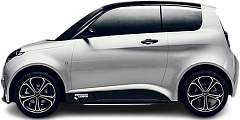
- Discontinued
- 2019-2022
- Real Range
- 123 km
- 0-100 km/h
- 10 s
- Price (Europe)
- €8.750
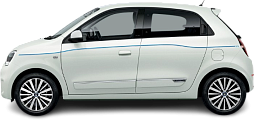
- Discontinued
- 2020-2024
- Real Range
- 162 km
- 0-100 km/h
- 12.6 s
- Price (Europe)
- €9.950

- Discontinued
- 2017-2019
- Real Range
- 120 km
- 0-100 km/h
- 12.7 s
- Price (Europe)
- €8.190
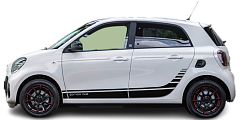
- Discontinued
- 2020-2022
- Real Range
- 113 km
- 0-100 km/h
- 12.7 s
- Price (Europe)
- €8.490


